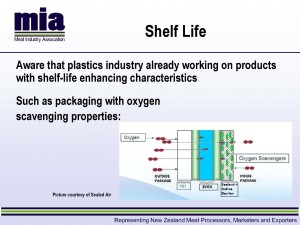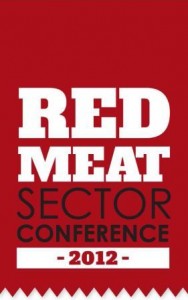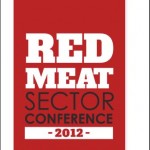 A series of challenges has been thrown out to the plastics industry to develop packaging that will help the meat industry maintain high food safety standards, increase shelf-life and develop new products.
A series of challenges has been thrown out to the plastics industry to develop packaging that will help the meat industry maintain high food safety standards, increase shelf-life and develop new products.
The meat industry is one of this country’s biggest users of plastic, particularly in the form of packaging that keeps products safe, fresh and looking great right to through to the customer.
Speaking to the Plastics New Zealand conference in Queenstown in May, Meat Industry Association chief executive Tim Ritchie outlined where he thought future opportunities lay for the material.
He told delegates that the meat industry has been very responsive to market demands and there has been a very significant change in the business model over the last 25 to 30 years. Trade has moved from sending frozen carcases – which, early on, were simply stockingetted and later shrink-wrapped for shipping – to the UK, to now sending chilled and frozen cuts and ready-prepared products to more than 115 markets around the world, with a growing focus on the Asian region, he explained.
“Now, we are in the business of directly servicing supermarkets with quality, consumer-ready cuts of meat, produced and packaged at source in New Zealand.
The industry is now in the ‘disassembly’ process, exporting and marketing the ‘bits’ around the world so as to maximise value, he said, adding that “a steadily increasing proportion of trade is high value chilled product.”
Ritchie said that plastics are widely used in the production process, covering products such as clips, liners, covers, containers, crates and pallets, “ensuring that processes are as clean as possible while meeting the needs of industrial production for items that are lightweight and resilient.”
There is a need to ensure their biodegradability and detectability. “But the greatest opportunities for the future of plastics in the meat industry are probably in packaging,” he said.
Areas of opportunity lie in safety, shelf-life, environmental sustainability and, finally, product quality and presentation. Reducing costs and lifting efficiencies are also part of the equation.
A growing volume of New Zealand meat is chilled and it is vacuum-packaged and sometimes CO2-gas flushed. “The use of barrier bags and gas flushing were important steps in the evolution of our business.”
New packaging that contains anti-bacterial agents, such as ‘biophages’, and ‘smart packaging’ which can identify changes in the product and alert consumers if there is a problem, are two new areas where manufacturers can assist the meat industry to maintain high food safety standards, according to Ritchie.
 Shelf-life is another area which has become even more important especially for the perishable chilled meat trade, as the global shipping industry moves towards greater use of ‘slow-steaming’, which increases transit times and reduces the remaining shelf life of products once they get to market. He noted that packaging companies already working on solutions with shelf-life enhancing properties.
Shelf-life is another area which has become even more important especially for the perishable chilled meat trade, as the global shipping industry moves towards greater use of ‘slow-steaming’, which increases transit times and reduces the remaining shelf life of products once they get to market. He noted that packaging companies already working on solutions with shelf-life enhancing properties.
In addition, consumers are increasingly demanding environmental sustainability, which means reduced and/or recyclable packaging. Food waste, identified as a major problem especially by the European Union, is also an issue.
“But a significant amount also occurs after purchase and here packaging can be part of the problem,” Ritchie says. Packaging sizes for single or fewer portions, for example, or re-sealable and compartmentalised packages can help limit unnecessary waste.
“And then there are bio-plastics, such as those being made from meat by-products.”
It is not just being satisfied ourselves that all is sustainable and safe, said Ritchie. “We need to be able to demonstrate it to the consumer and retailer, who is often proxy for the consumer in this business.
“Plastics can play an increasing role in helping with food safety, extending product shelf-life, improving attractiveness and ease-of-use by consumers. At the same time, our industry increasingly needs products that are environmentally sustainable, with recyclable or biodegradable attributes,” he concluded.
“And of course, anything your industry can do to help us take cost out of the system and improve operational efficiency will be welcomed.”
This article has appeared in Food New Zealand magazine (October/November 2012).



